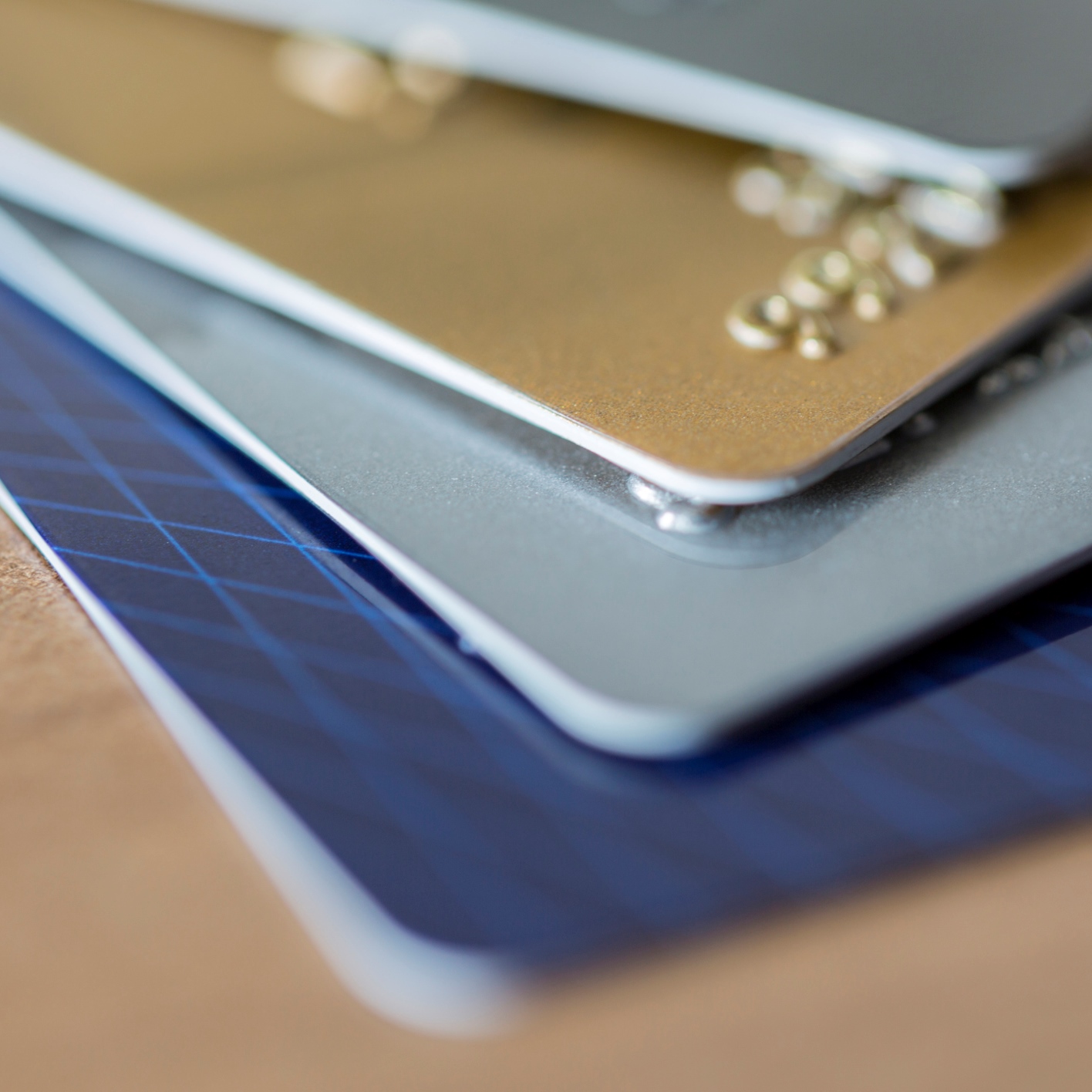
Americans added $34.4 billion to their credit card debt in the second quarter of 2016, nearly half the total added in all of 2015. Debt holders also paid down just $27.5 billion, the smallest amount since 2008.
The data were released Monday by personal finance firm WalletHub. Researchers now project that the total U.S. credit card balance at the end of this year will top $1 trillion, a new record.
The average indebted household’s balance rose to $7,817 in the second quarter, just $611 below a level that WalletHub has identified as being unsustainable. Add to that the relative ease of obtaining credit and the snapshot looks quite similar to the situation in the United States in the second quarter of 2007, just six months ahead of the beginning of the Great Recession.
According to WalletHub, the current charge-off (bad debt) rate is 3.13%, still short of the 3.85% rate in the second quarter of 2007. The $34.4 billion additional debt in the second quarter is more than the $31.1 billion Americans amassed in 2007, and total credit card debt of $912 billion is higher than the $898 billion total nine years ago. The researchers noted:
With 13 of the last 20 quarters reflecting year-over-year regression in consumer performance, we seem to be reverting to pre-downturn bad habits.
The third quarter of each year has historically been the low point in additions to credit card debt, while the fourth quarter and its holiday buying has traditionally seen the most addition to credit card balances. Last year’s third quarter addition was $21.3 billion, and the fourth quarter surged to a total of $52.3 billion in new debt, about 70% of the total 2015 addition to credit card debt.
WalletHub offers six tips for managing personal debt:
- Make a budget and stick to it.
- Build an emergency fund.
- Improve your credit.
- Try the “island” approach.
- Use the “snowball” approach to pay off debt.
- Evaluate your job situation.
WalletHub’s report provides additional details on how to use these tips to manage personal debt.
Is Your Money Earning the Best Possible Rate? (Sponsor)
Let’s face it: If your money is just sitting in a checking account, you’re losing value every single day. With most checking accounts offering little to no interest, the cash you worked so hard to save is gradually being eroded by inflation.
However, by moving that money into a high-yield savings account, you can put your cash to work, growing steadily with little to no effort on your part. In just a few clicks, you can set up a high-yield savings account and start earning interest immediately.
There are plenty of reputable banks and online platforms that offer competitive rates, and many of them come with zero fees and no minimum balance requirements. Click here to see if you’re earning the best possible rate on your money!
Thank you for reading! Have some feedback for us?
Contact the 24/7 Wall St. editorial team.


